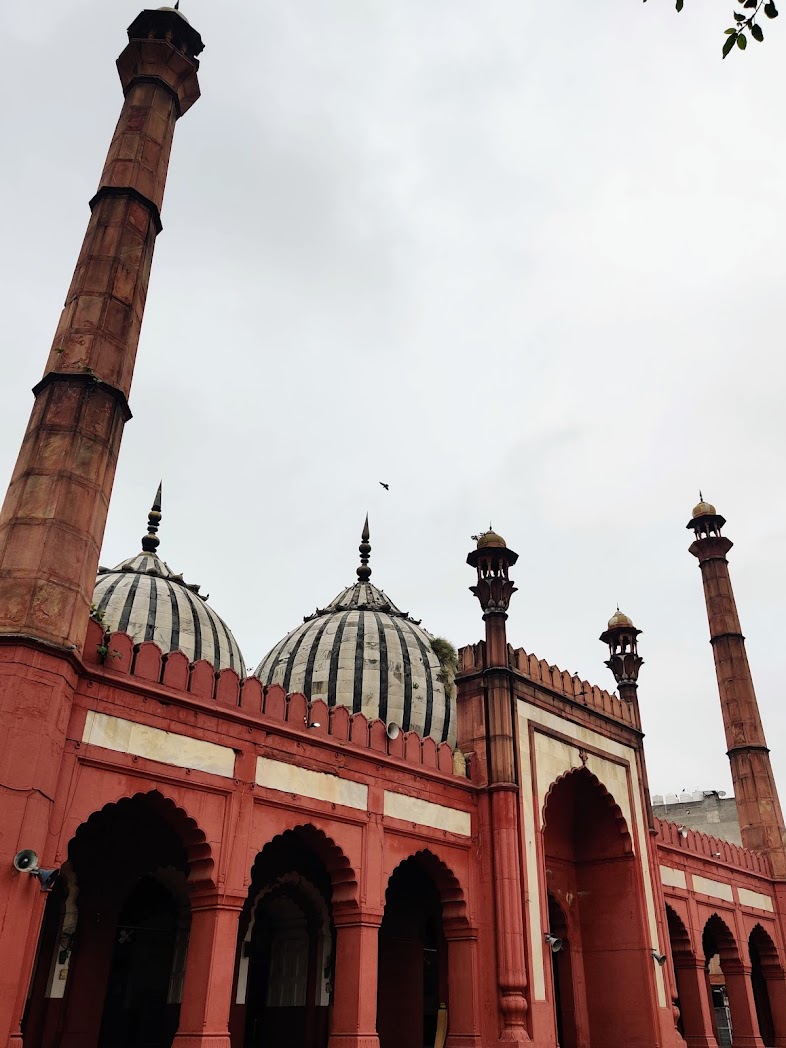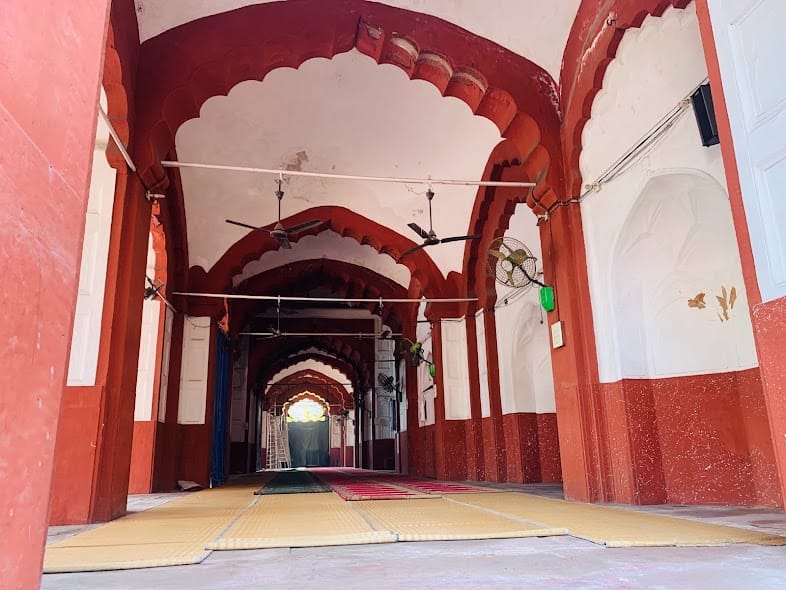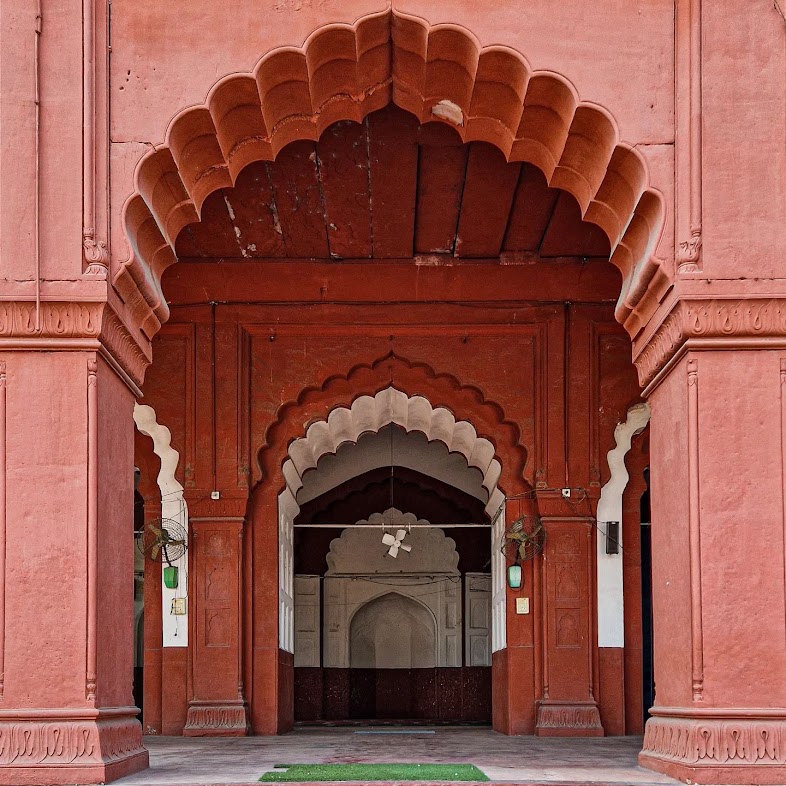.jpeg)



Zeenatul Masjid, also known as Zeenat-ul-Masjid, is a historical mosque located in Delhi, India. It was built during the Mughal period, around 1707-1710 AD, by Zeenat-un-Nissa, the second daughter of the Mughal emperor Aurangzeb. The mosque is located near the Red Fort and is often referred to as the Ghata Masjid because of the use of red sandstone in its construction. Key Details about Zeenatul Masjid: Architectural Style: The mosque is built in the typical Mughal architectural style, featuring domes and minarets. The white marble is adorned with intricate carvings. Religious Significance: Like other mosques from the Mughal era, it was intended to be a place of worship for the Muslim community, but it also served as a symbol of the religious piety of Zeenat-un-Nissa. Historical Significance: This mosque represents the architectural legacy of the Mughal dynasty and stands as a symbol of Aurangzeb’s daughter’s devotion to her faith. Its construction coincided with the end of Aurangzeb's reign and the beginning of the decline of the Mughal Empire. Location: It is located near Daryaganj in Old Delhi, not far from the Red Fort, which places it within the heart of Mughal Delhi. While the mosque is still standing today, like many heritage sites in Delhi, it has undergone wear and tear over the centuries, and efforts have been made to preserve its structure. It remains a notable monument representing Mughal architecture and the religious fervor of the era.